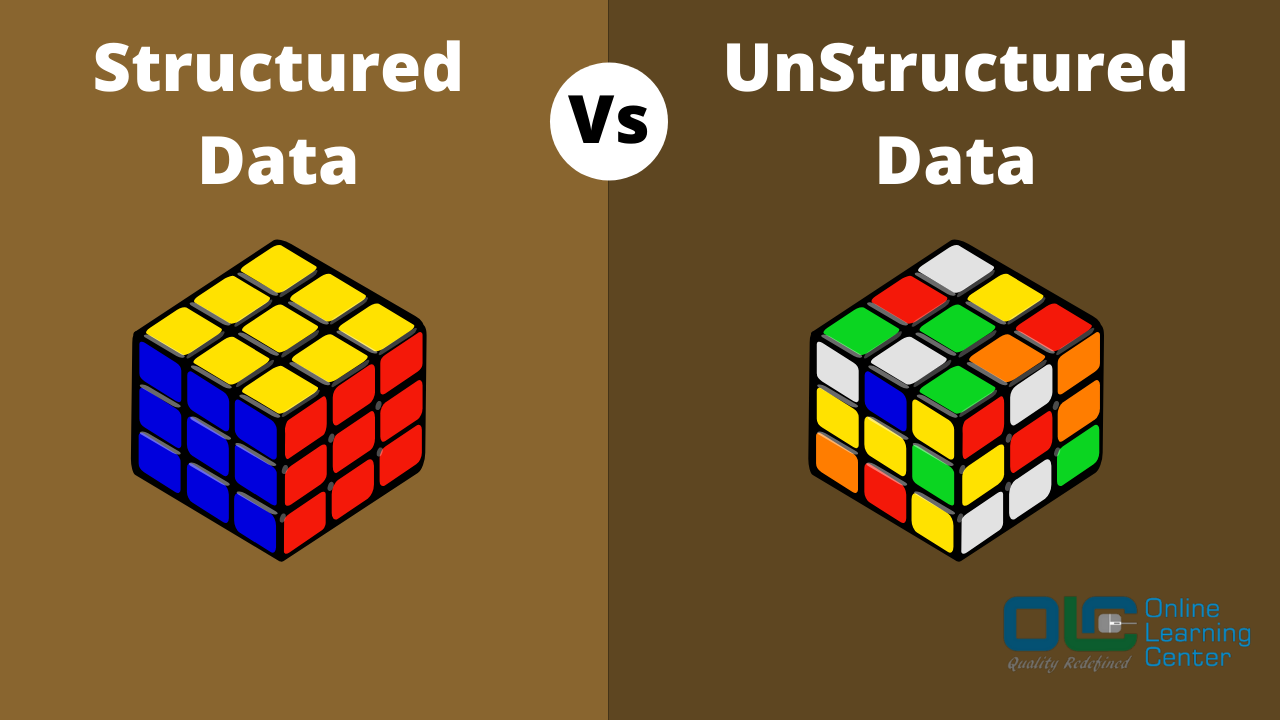What is Big Data?
Big Data is all about the collection of huge amounts of data and it is growing exponentially with time. The data is so huge that it is not possible to manage size, complexity, or process it efficiently with the traditional data management approach. Every second data is produced in the form of photos, videos, audio, and so on. Similarly, there is data of emails, smartphone applications, stats, etc. The capacity would be huge around Terabyte or Petabyte, Zettabyte, etc.
Companies That Are Using Big Data
Following are the companies using Big Data:
- Apple
- Meta (Formerly Facebook)
- Amazon
- Netflix
- American Express
- Healthcare Companies
There are lot more companies ahead that are using it.
Some Interesting Facts:
- Companies generate around 2,000,000,000,000,000,000 bytes of data a day.
- 94% of enterprises say data is essential to business growth.
- About 20,00,000 queries per second on Google.
- The customer spends about USD 300,000 on shopping per minute.
- According to a report, Facebook users had uploaded over 240 billion photos, with 350 million new photos every day.
- Around 600 new videos are getting uploaded per minute.
- Google processes around 20 PB every day.
- Meta (Formerly known as Facebook) processes around 2.5 PB of User's data and 15 TB per day.
- The New York Stock Exchange generates about 1 TB of new trade data per day.
- A single Jet engine can generate 10+ TB of data in 30 minutes of flight time.
Types Of Big Data:
Following are its types.
- Structured
- Un-Structured
- Semi-Structured
Structured
It follows a format let's say a tabular format that can be readable and anyone can understand the data. Common Example- SQL Database which produces a tabular format content.
Example-
An ‘Employee’ table in a database is an example of Structured Data.
|
Emp_ID |
Emp_Name |
Gender |
Dept |
Salary |
|
1001 |
Suraj Ghimire |
Male |
IT |
65000 |
|
1002 |
Prakash Joshi |
Male |
Admin |
40000 |
|
1003 |
Priya Pal |
Female |
IT |
55000 |
|
1004 |
Kiran Das |
Female |
Finance |
50000 |
Un-Structured
The data comes in an unknown form and cannot be analyzed. The data would be text, multimedia, and documents.
Example-

Semi-Structured
The data comes with some kinds of organizational tags, markers, or say elements. For Example- JSON data, XML data, and so on.
Example-

3 v’s of Big Data:
- Volume
- Velocity
- Variety
Volume- It says that big data have to process a huge amount or a high volume of unstructured data. The data can be anything, it may be social feeds, streams on the web pages, or any sensor equipment. For some companies, it might be Terabytes of data or it may be 100 Petabytes of data.
Velocity- It deals with the rate of speed at which data is received, and how fast data can be generated and processed.
Variety- It refers to the different variety of data types, the data types would be structured, unstructured such as text, audio, video, etc., and Database table data.
Advantages Of Big Data:
- It helps in optimizing the business processes.
- It helps in improving healthcare with the availability of patient records.
- It Improved customer service.
- Carries unlimited information.
- It helps in financial, Education as well.
- Fraud Detection and Prevention.
Disadvantages Of Big Data:
- The process of data generation is expensive.
- Servers and Hardware needed to store and running of high-quality software are costly.
- It can be used for the manipulation of customer records.
- It may increase social hierarchy.
- Lots of Big Data is unstructured.

